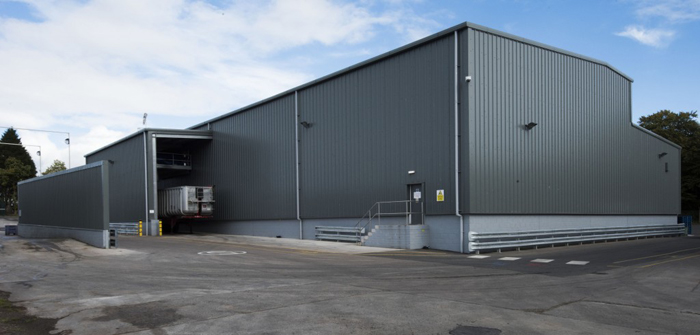The Highland Show, held each June in Edinburgh, has always been a bit of a holiday for us, writes Dennis Bridgeford, – a chance to meet with friends that we only see at the show, chew the fat and look back on the previous year.
The last thing I expected was to be told that the country was running out of CO2 and our main pig plant in Scotland at Brechin was about to close. The CO2 crisis lasted 11 days with everyone twiddling their thumbs unable to slaughter any pigs. If there was any luck from my point of view, it was that we supply two plants that don’t use CO2. We collectively market pigs, so I got the phone call – your pigs are being held back!
For some reason, the Scottish plant was out first and without CO2 for the longest, but with some Government intervention a load of CO2 was delivered from Germany. A back-up will have to be in place to prevent future problems.
While pigs were being held back, the temperature soared to almost unprecedented levels. We improvised, bringing some old partially slatted pens back into to use with the resultant dirty pen syndrome.
This extreme weather has really highlighted the value of modern, computer-controlled finishing accommodation – our older buildings struggled to cope, while the relatively new buildings worked a dream.
Meanwhile, the first of the Rattlerow Dutch Duroc pigs have been born, and so far the piglets look the part – strong, with a get up and go attitude, no splay legs and large numbers born, so we watch with interest. The most important part is growth rate, one area that we have been struggling with a bit.
Every year around the end of May we get an electronic invoice from the environmental agency (SEPA) regarding our PPC charge. The cost has increased above the level of inflation yet again – it’s a pity pig prices aren’t calculated this way!
And, of course, a visit is on the radar. The work requested from the last visit had been done: concrete repairs, dung stead tidied up and my maintenance log right up-to-date – ‘what a clever guy’, I thought. Of course, there is always a sting in the tail – we had stirred and lowered our slurry store by pumping on to our neighbour’s silage field, and broke up the natural crust in the tower.
As I write, in mid-July, the combines are starting to roll. We don’t grow winter barley, but I have been texting my good friend and fellow pig farmer along the Moray coast, Ian Green. His comment of ‘low yield unless the fields have had pig muck’ highlights that we do have some use as pig farmers!
Dennis Bridgeford is based near Easter Ross in Scotland’s Highland Region and operates an indoor herd of 550 sows rearing lighter-weight finishers of 75kg.




